Villa Video Doorbell
Essentially, it enhances security and convenience by providing visual and audio communication with anyone at the entrance, even when the homeowner is not physically present.
-
Visual Monitoring video doorbell:
The camera captures a live video feed of the area near the door, allowing homeowners to see who is there.
-
Two-Way Audio doorbell:
The built-in microphone and speaker enable two-way communication, so you can talk to visitors from anywhere with a smartphone connection.
-
Smartphone Integration:
Many models connect to a smartphone app, allowing you to receive alerts, view the live video feed, and communicate with visitors remotely.
-
Motion Detection:
Some doorbells can detect motion and send alerts to your phone, even if someone doesn’t press the doorbell button.
-
Night Vision:
Infrared or other night vision technology allows you to see clearly even in low-light conditions.
-
Recording Capabilities:
Some models of the villa video doorbell can record video footage of visitors, which can be stored locally or in the cloud, providing a record of activity.
-
Wide Viewing Angle:
A wide-angle lens ensures a broader view of the area around your door.
-
Specific Features for Villas:
Doorbell systems for villas may offer features like multiple unlock methods (e.g., ID cards, app, monitor), larger indoor monitor screens, and support for multiple indoor monitors. They may also be designed to be more robust and weather-resistant.
In essence, a video doorbell for a villa enhances security, provides convenient communication, and offers remote monitoring capabilities for a more secure and connected living experience.

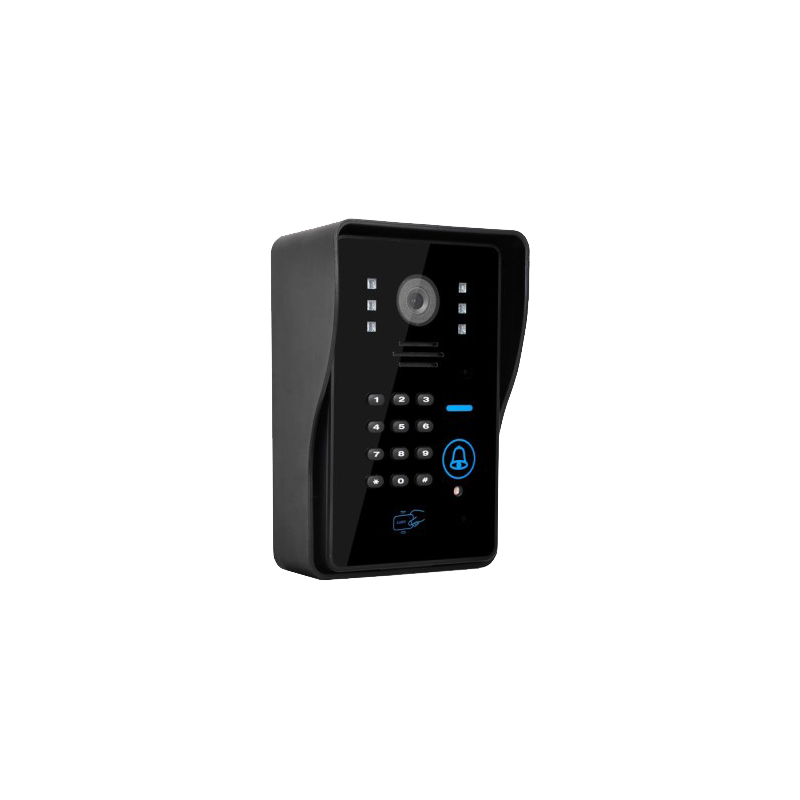
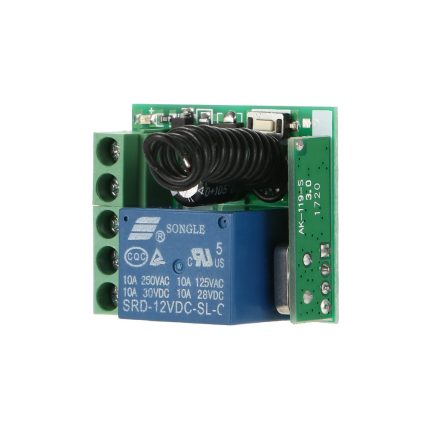
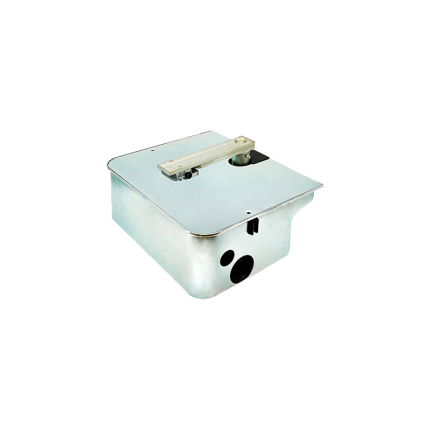

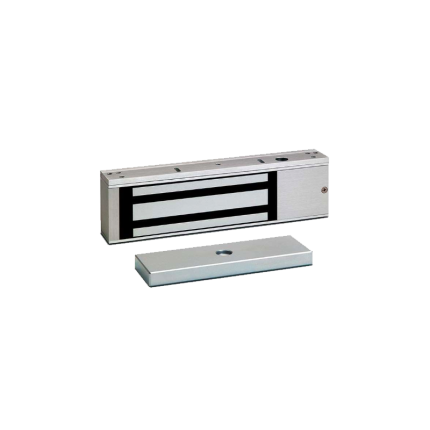
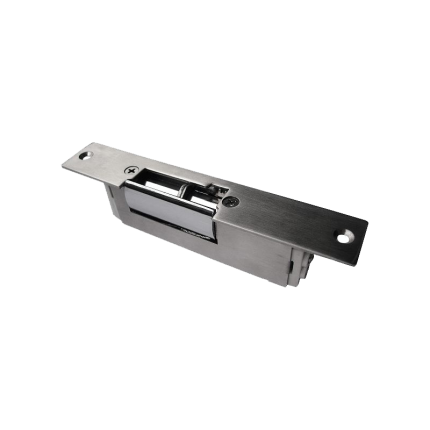
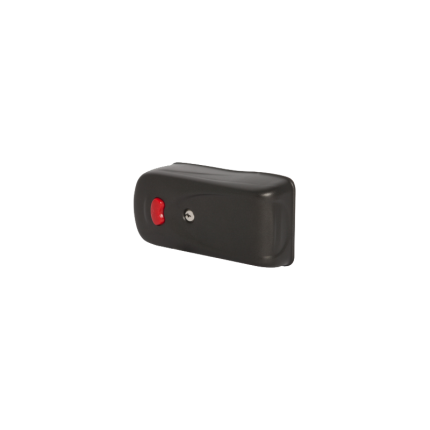
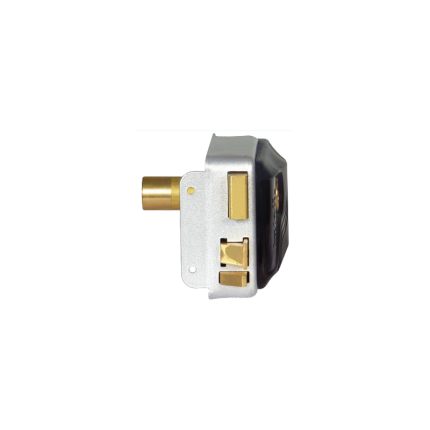
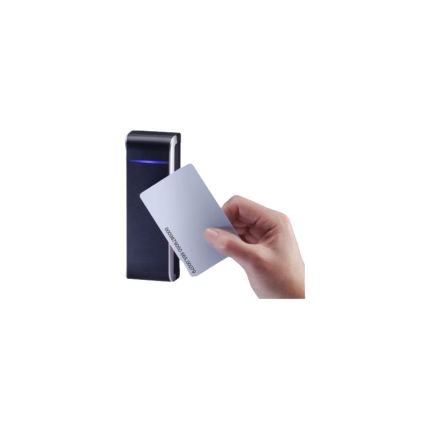

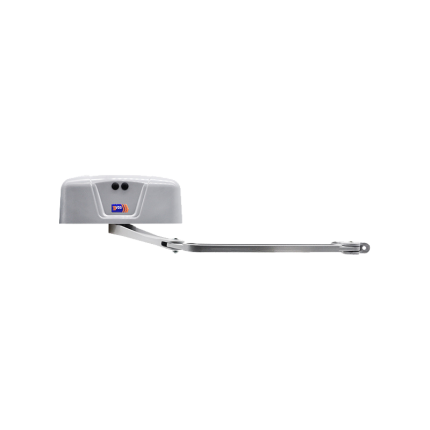
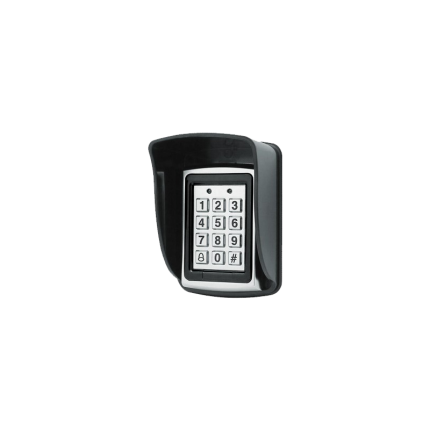
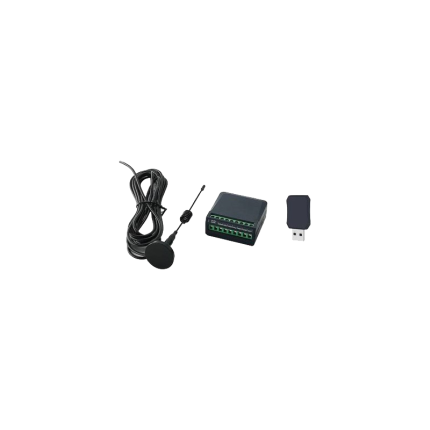
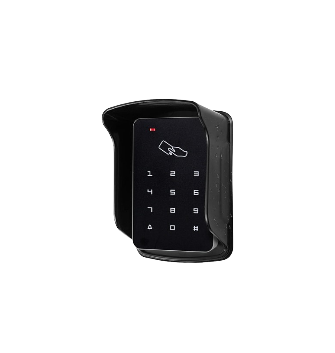
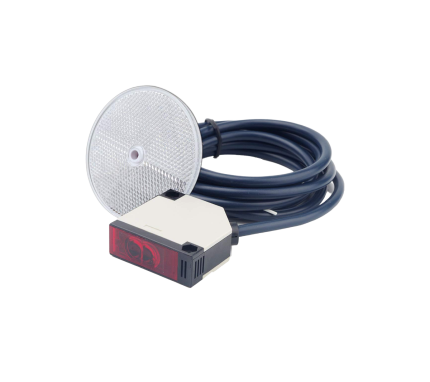
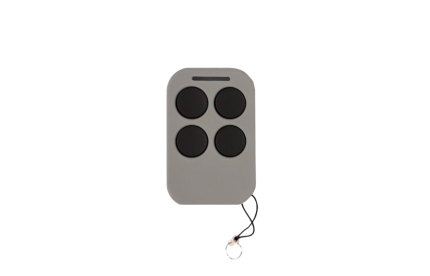
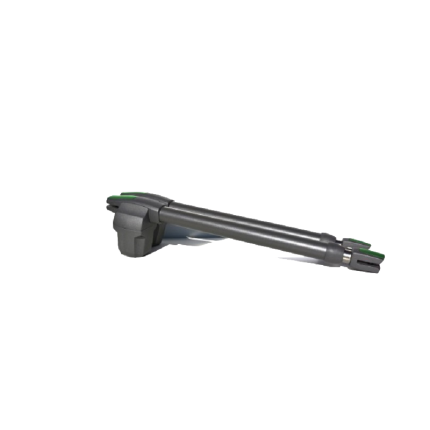
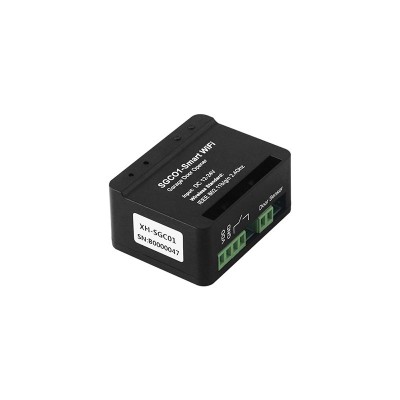









Reviews
There are no reviews yet.